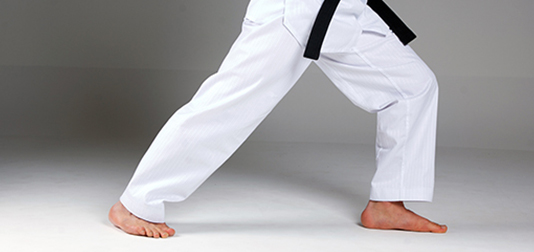drop bear
Sr. Grandmaster
- Joined
- Feb 23, 2014
- Messages
- 23,465
- Reaction score
- 8,151
i understand that stuff but, i also know that sometimes the application can be a very different movement so wouldn't it be better to train the real technique in a chain of movements instead of the form version of the technique.
It is the drills that get silly. Do the forms then drill applicable.
You need to train your body
i think i am going to break up the forms i teach into partner drills, so that way i am still teaching the forms but, with some benifit and then they just have to add all the drills together to get the form.


